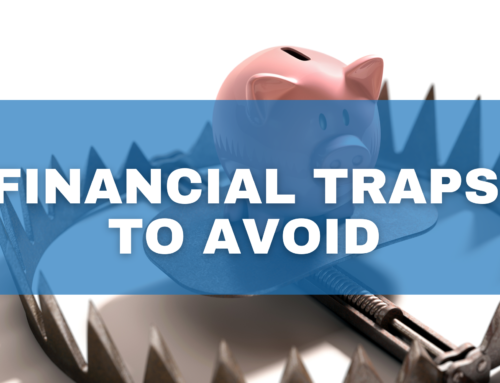Becoming financially fit requires maintaining foundational elements, including a budget, emergency fund, strong credit score, and retirement savings. There’s a subjective uncertainty associated with financial wellness. Are you financially fit? And if so, how fit are you?
While there is no clearly defined threshold for answering affirmatively, much less grading your level of fitness, there are baseline elements associated with financial fitness. To make sure that you’re on the right track, develop a financial plan that lays out clear goals and timelines. Below are steps to consider to get you started:
Budget Crunch
As a first step, make a reasonable and practical budget, assessing your income and expenses (by month, if possible), to understand your cash flow, identifying areas where you can trim costs. Revisit and revise your budget regularly to make sure it aligns with your personal circumstances.
Save for Unexpected Expenses
Expect unexpected expenses, such as a medical emergency, major car repair, and an appliance replacement, establishing an emergency fund that can pay for these costs. (Ideally, you want to keep three to six months’ worth of living expenses in the fund.) Without such a backup source of payment, you may have to incur credit card debit, which can be unwise.
Stay Credit-Worthy
Check your credit report periodically, making sure that there are no errors, while using it as a tool to make sure that you’re paying your bills on time and staying within your established credit limits. Such actions will help increase your credit score. NOTE: You are entitled to a free copy of your credit report annually from the three major credit reporting companies, Experian, Equifax, and TransUnion.
Establish Long-Term Financial Goals
Saving for your retirement is a personal decision that will help shape your lifestyle during your Golden Years. It’s never too early (or late) to work with a financial professional to strengthen your retirement plan.
Review Your Plan
Establishing a financial plan is not a one-and-done proposition. Review your plan at least annually, revising it as necessary to align with your financial goals.
Increase Investments Potential Faster With Early Contributions
Investing early and often, such as a small recurring investment over a long period of time, has the potential to produce greater returns than investing a larger amount over a shorter period of time.
For instance, If you invest $75 a month beginning at age 25 and continue until you are 65, your earnings will be greater than the 35-year-old who invested $100 a month until reaching 65 (assuming an equal rate of interest for each).
(This is a hypothetical example and is not representative of any specific investment. Your results may vary.)
LPL Tracking # 1-05124610






